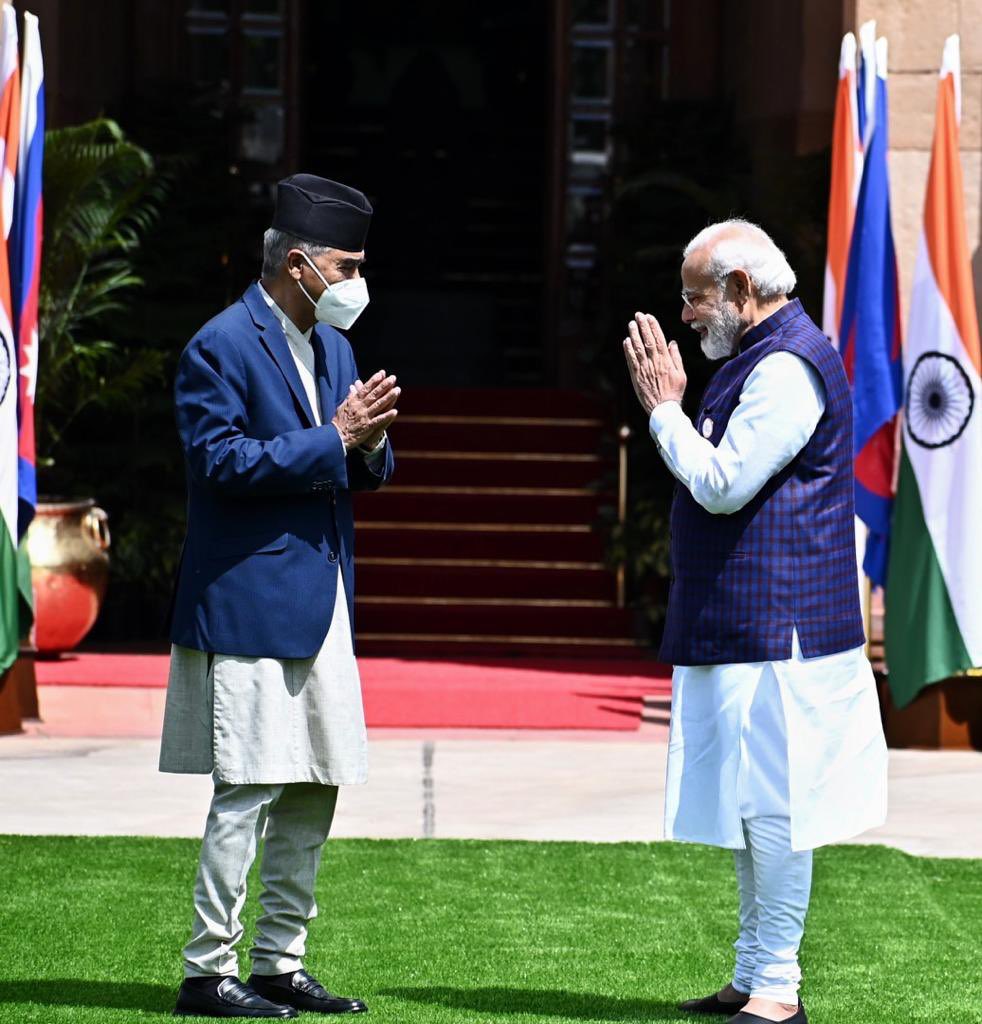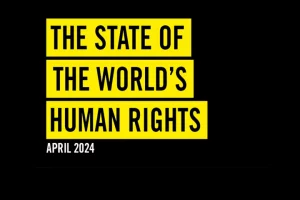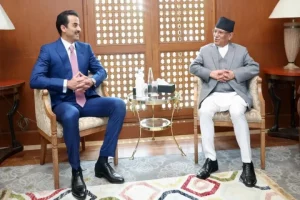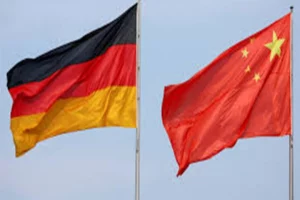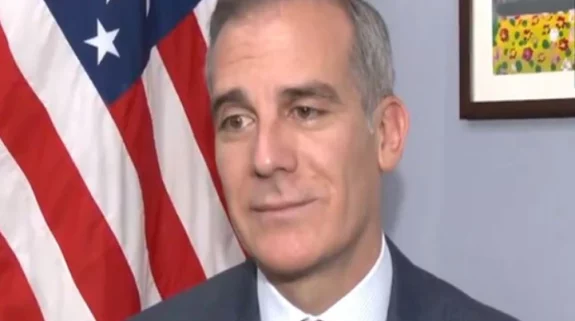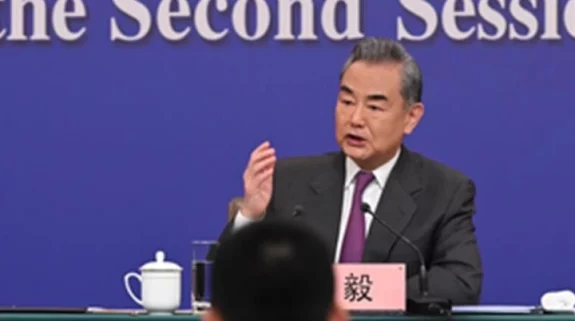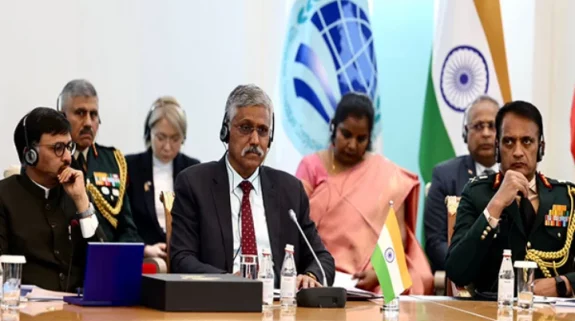Kathmandu: Nepal, which lived in the dark for over a decade between 2006 and mid-2017 with power outages lasting up to 18 hours a day, has not only managed to end load shedding for households but is now seeking to increase export of electricity to India and Bangladesh with New Delhi’s help.
Power generation in the Himalayan country has been rising rapidly leading to fears of spillage of power without market access.
According to the Nepal Electricity Authority (NEA), the country’s power generation capacity has already reached 2,650MW while the projected peak domestic demand for power in the current fiscal year 2022-23 is 2,036 MW.
By the end of the current fiscal year in mid-July, Nepal’s power generation capacity is expected to rise to 2,853MW, 4,507 MW by mid-July 2024 and 5,251MW in mid-July 2025.
Nepal’s domestic demand for power is expected to grow to 2,280MW in mid-July 2024 and 2,568MW in mid-July 2025, according to the NEA.
Though Nepal started selling 39MW generated by 24MW Trishuli Hydropower Project and the 15MW Devighat Hydropower Project, both projects developed with Indian assistance, Nepal is now allowed to export upto 452 MW from 10 hydropower projects, according to NEA, the sole entity of Nepal responsible for selling Nepal’s power in the Indian market.
Since 2017 with the Himalayan country has managed to end load shedding for households — initially with increased imports of power from India along with and better management of the available power.
Nepal still imports power from India in the dry season (winter) when hydropower projects produce less power due to reduction in water levels in the river. But Nepal expects to generate enough power even for domestic consumption in the winter by 2026, according to the NEA.
“We are producing excess power in the wet (summer) season and the size of excess power generation is expected to grow further in the upcoming years,” Ganesh Karki, vice-president of the Independent Power Producers Association Nepal (IPPAN) told India Narrative. “That’s why, we need to be able to sell more power in the international markets, particularly the Indian market to avoid spillage of power.”
According to Prabal Adhikari, power trade director at the NEA, Nepal will have surplus power upto 1500MW in the upcoming rainy season during the late night time when power demands decreases.
“Size of surplus power will grow further in the coming years. So, Nepal is in urgent need for increased access to the Indian market,” Adhikari told India Narrative.
As the country is producing more power, poor transmission line infrastructure is another obstacle to sell more power to India.
Karki said more high-capacity cross border transmission lines should also be constructed to enable trading of power between the two neighbours on a large scale.
Nepal’s Energy Ministry said that the two countries agreed to increase the volume of power that can be transmitted via the 400kV Dhalkebar-Muzaffarpur Cross Border Transmission Line to 800MW from the current 600MW during the the 10th joint secretary-level Joint Working Group and the secretary-level Joint Steering Committee held in Jaipur, India on February 17-18.
It is the only high capacity cross border transmission line between the two countries though there are nearly a dozen low capacity cross-border power lines.
In the last bilateral meeting, two sides also agreed to develop the 400kV Inaruwa (Nepal) – Purnea (India) and 400kV Lumki (Neal) – Bareilly (India) cross-border lines by 2027-2028 and 2028-2029, respectively, according to the energy ministry’s statement.
India’s SJVN Limited is developing Dhalkebar (Nepal) – Sitamarhi (India) Cross Border Power Line to evacuate power from 900MW Arun 3 Hydropower projects being developed by itself and other power projects that are planning to develop in the same river. The project is expected to be completed by 2024.
The two countries are also preparing to construct the New Butwal (Nepal) – Gorakhpur (India) power line under joint investment, according to NEA, an investor in the joint venture company established in India.
“These projects are very important to carry power from Nepal to India in the future,” said Karki.
These developments have taken place at a time when Nepal and India have agreed to work together for the development of the power sector in Nepal and promoting bi-directional power trade.
As per the India-Nepal Joint Vision Statement on Power Sector Cooperation issued in April last year, two countries agreed on power sector cooperation through joint development of power generation projects in Nepal; development of cross-border transmission infrastructure; bi-directional power trade with appropriate access to electricity markets; coordinated operation of the national grids and institutional cooperation in sharing latest operational information, technology and know-how.
Since the joint vision statement was issued, Indian companies have been interested in developing large power projects in Nepal. In May last year, SJVN Limited and NEA signed a memorandum of understanding to construct the 679 MW Arun-4 Hydropower Project jointly.
Nepal also awarded 750MW West Seti Hydropower Project and 450MW Seti River 6 project to India’s NHPC Limited.
Ashish Garg, another vice-president of IPPAN said that India’s involvement in Nepal’s power sector would also ease getting market access for Nepal’s power.
He said a large number of Indian delegates are expected to participate in the Power Summit 2023 to be organised by the IPPAN in Kathmandu under the theme ‘Broadening Green Energy Market’ on April 18-19. The Indian embassy in Nepal is the country partner for the event, according to the umbrella body of the private sector power developer.
Nepal is also eager to sign a 25-year long inter-governmental agreement with India on selling Nepal’s excess power to the southern neighbour during the planned India visit of Nepali Prime Minister Pushpa Kamal Dahal in late April, The Kathmandu Post reported early this week.
Kathmandu: Nepal is keen to sign a 25-year agreement with India on selling its surplus power to the neighbouring country during Prime Minister Pushpa Kamal Dahal Prachanda’s expected visit to New Delhi. Though the official date of Prachanda’s visit to India is yet to be announced pic.twitter.com/71gczUffyd
— Deccan News (@Deccan_Cable) April 2, 2023
“I am not sure whether the long-term intergovernmental agreement will be the agenda of Prime Minister’s visit but we are preparing a document for a long-term deal which we will soon send to the Indian side,” Madhu Bhetuwal, spokesperson of Nepal’s Ministry of Energy, Water Resources and Irrigation told India Narrative.
“If long-term market access is guaranteed, it will help boost investment in Nepal’s large hydropower projects and accelerate construction of hydropower projects in Nepal,” he said. Despite being rich in water resources, Nepal has not been able to utilise it for the country’s economic development for decades.
With bilateral cooperation on the power sector growing, Nepal could earn handsome earnings by exporting power to India, which itself is promoting green energy with many incentives.
The NEA said in December last year that the country earned NPR 11.16 billion (INR 6.97 billion) by selling excess power to India from early June to December last year as power export became one of the largest export earnings for Nepal, according to the NEA. “Power is emerging as one of the most important export products of Nepal if not largest export item,” said Bhetuwal.
Also Read: Nepal envisions 25-year energy deal with India during PM Prachanda’s planned visit to New Delhi
( Prithvi Shrestha is a Kathmandu based journalist who writes for India Narrative)






